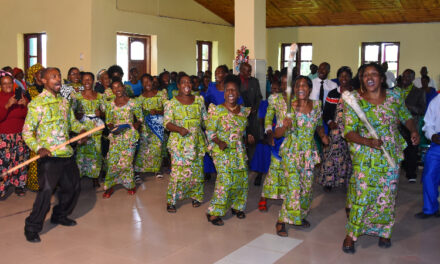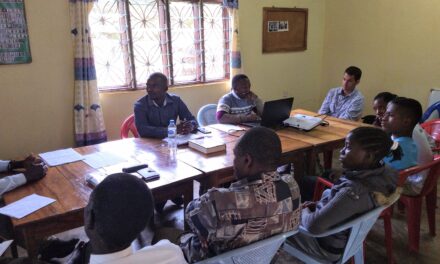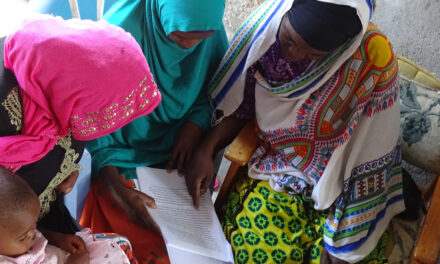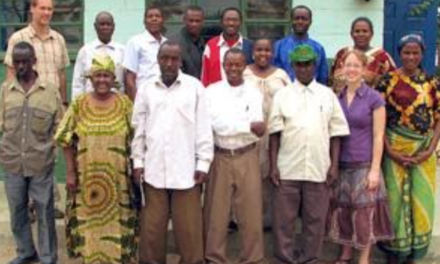written by Helen Eaton (Linguistic Consultant)
Discourse analysis involves looking at stories and other kinds of texts and trying to understand how they are structured. After looking at enough texts, it should be possible to describe what makes a well-formed, natural text in a particular language. Then this standard can be compared against translated parts of the Bible to see whether the translation conforms to the expected patterns.
Recently I have been happily poring over seven Sandawe texts, trying to understand how sentences are joined together, how important events are highlighted, how new characters are introduced, and so on. And I’ve had quite a few eureka moments, when something has suddenly struck me about how Sandawe stories are structured. One such moment occurred when I realised that a particular conjunction I never really understood before was used to introduce background information. Then when I looked at the translation of Jonah, I noticed that this same conjunction was used for exactly the same function. Result! This is a good sign as it means the translation of Jonah should be natural and readable.
Another eureka moment came when I looked at one of the folktales and realised that the word order for “Zebra ran into the bush, but Donkey returned home” was very similar to the word order the translation used for “God told Jonah to go to Nineveh… but he went to Tarshish”. It seems like Sandawe has no word for “but” so in order to express a contrast it uses a word order change instead. Hopefully all these little discoveries will prove to be useful in checking the naturalness of the translations that are being produced.




